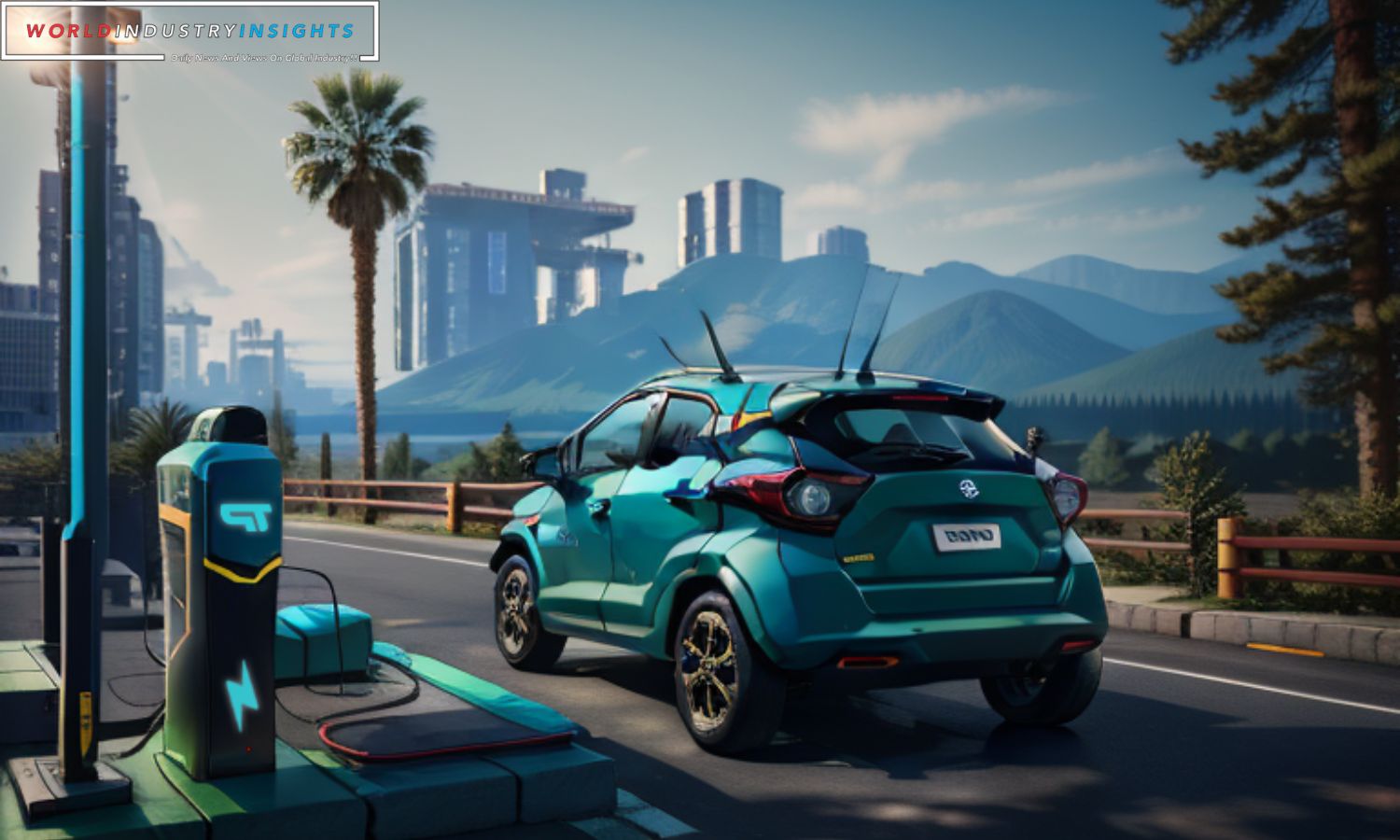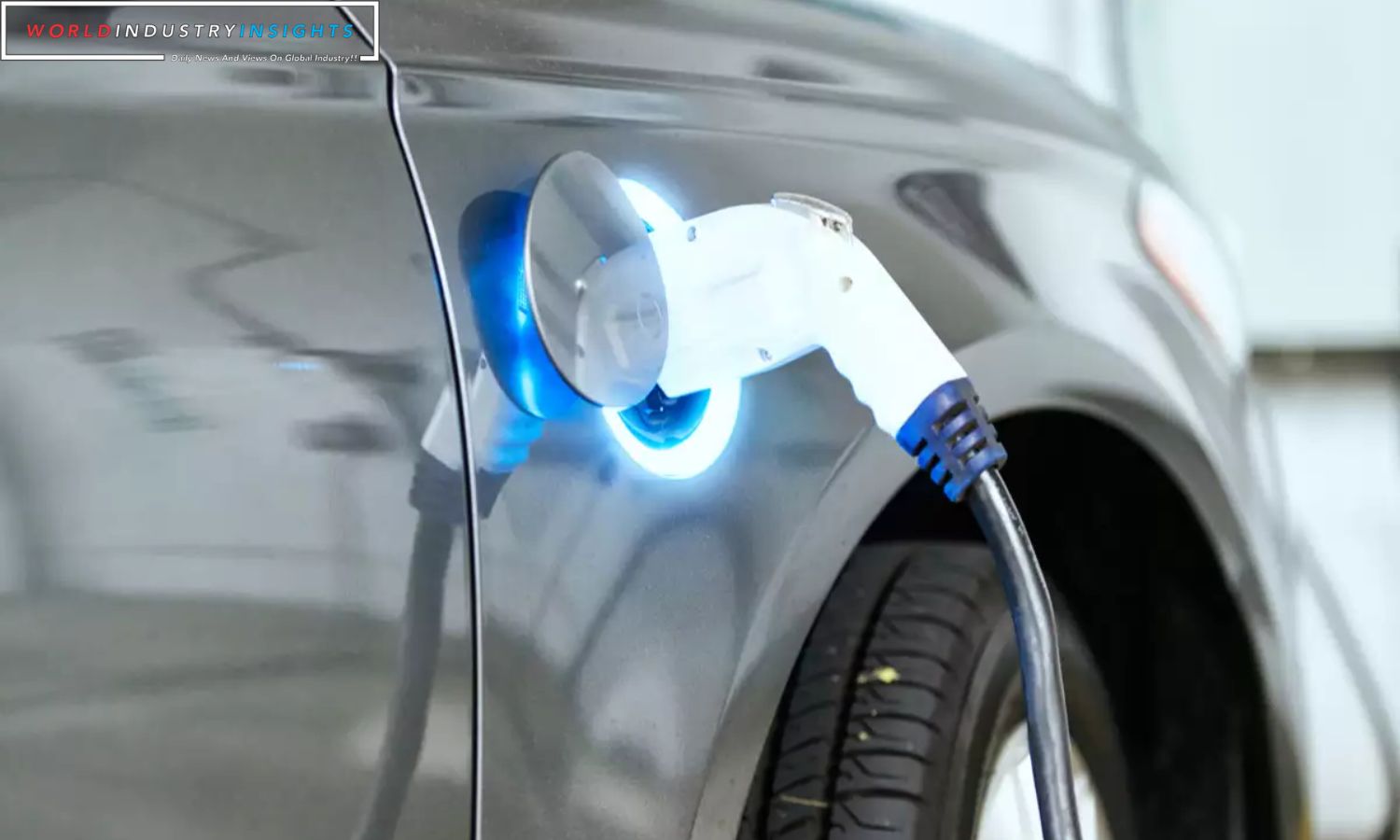EV Surge Alters Oil Destiny: Amidst the hand-wringing at the COP28 climate conference in Dubai over the gradual reduction of fossil fuel consumption, a glimmer of hope shines throughthe remarkable surge in Electric Vehicles (EVs) worldwide. The escalating sales of EVs have prompted experts to revise their forecasts for global oil consumption peak, as subsidies and technological advancements alleviate the initial high costs of battery-powered cars.
The Paris-based International Energy Agency (IEA) predicts an oil consumption high of 103 million barrels per day at the end of the decade. This is a major change from the 2017 prediction of over 105 million barrels per day by 2040. “The game-changer has been the policy support for the shift to electrification, substantially reducing oil demand from the transportation sector, the key driver of global oil demand growth,” notes Apostolos Petropoulos, an energy modeler at the IEA.
Major players, including oil giant BP, alongside the U.S. and Chinathe world’s leading oil consumershave revised their peak oil demand projections, signaling a sea change in the industry.
Transportation accounts for approximately 60% of global oil demand, with the United States contributing around 10%. The IEA envisions EVs erasing about 5 million barrels per day of world oil demand by 2030. Presently, global EV sales constitute approximately 13% of all vehicle sales, expected to rise to 40%-45% by the decade’s end.
Also Read: Wells Fargo Aggressive Efficiency Drive: CEO Expects Surge in Q4 Severance Expenses
Stringent efficiency standards and government subsidies worldwide, particularly since the 2015 Paris Agreement, have propelled this shift. Notable measures include the U.S. Inflation Reduction Act’s $7,500 tax credit for EV purchases, aimed at mitigating high sticker prices. Despite these strides, the IEA emphasizes that EV sales must reach even higheraround 70% of the market by 2030to align with the Paris Agreement’s warming limit.
Challenges loom, notably in the form of pricing and charging infrastructure. In China, where EVs hold a quarter of the market, the average cost is significantly lower due to government subsidies and resource availability. However, in the U.S., the average EV price exceeds $53,000, making it more expensive than gasoline-powered counterparts.
China’s dominance extends to charging infrastructure, with approximately 1.2 million public charging stations, dwarfing the U.S.’s 52,000. Yet, despite disparities, the IEA projects EVs to constitute up to 50% of new U.S. car registrations by 2030.
As EV makers like General Motors, Ford, and Stellantis face production challenges, the pace of adoption hinges on pricing and charging accessibility. Change is imminent, but uncertainties persist, making the transition to electrification a dynamic narrative. The global automotive landscape is undergoing a seismic shift, with EVs steering the industry toward a sustainable future, challenging traditional norms, and redefining the road ahead.
Our Reader’s Queries
What is the oil outlook for 2023?
The decrease in oil inventories is expected due to the OPEC+ production cuts announced on November 30. As a result, we predict that the Brent price will rise from an average of $78/b in December 2023 to an average of $83/b throughout 2024.
What is a surge in Conan exile?
To gain fighters and crafters on the Isle of Siptah, you must first defeat the surges in combat and break their will on the wheel of pain. These surges are the sole source of thralls on the island. However, there may be a way to harness the dark power of the portal to your advantage.


